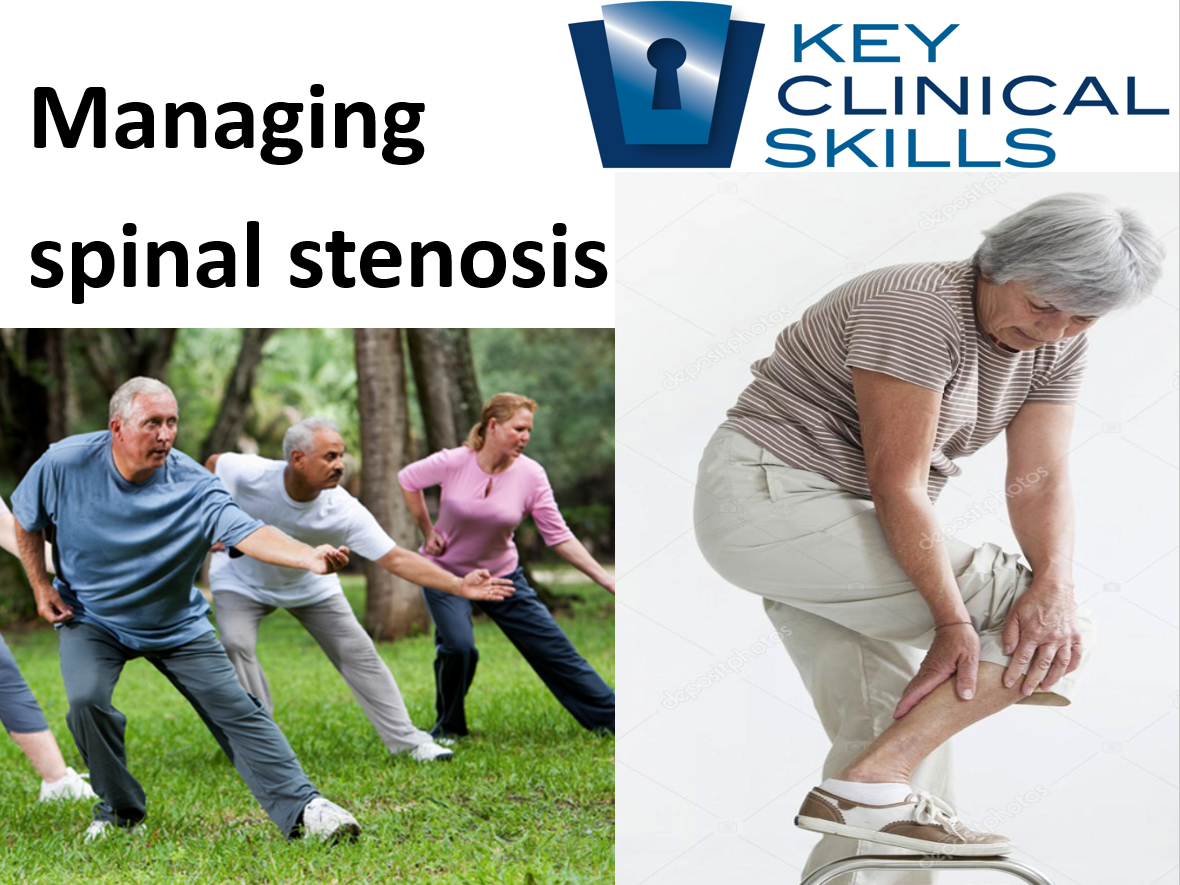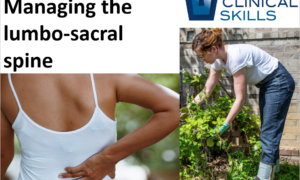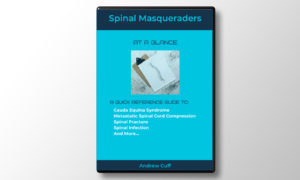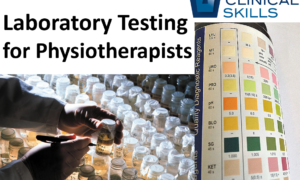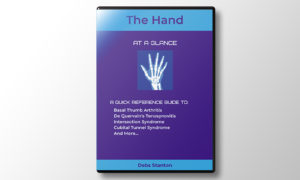DESCRIPTION
With an aging population the prevalence of age-related spinal conditions is progressively increasing. Symptoms relatable to spinal stenosis now account for up to 30% of patients with spinal complaints in primary care. Physiotherapists who appreciate the natural course, differential diagnosis, assessment, medical/surgical, exercise and manual therapy treatment options available can safely and effectively manage this growing patient population.
The program is delivered fully on-line with participants working at their own pace over the ten-week access period. The ten dictated PowerPoint presentations are supported by videos, web resource links, quick reference cheat sheets and a 320 page downloadable handout.
A certificate of completion may be printed at the conclusion of the course for your professional portfolio. This online course provides full credit for the in-class skill development course currently delivered by Key Clinical Skills in multiple Canadian and international venues.
PROGRAM
This ten-part, fully on-line program delivers:
- A comprehensive overview of age-related spinal changes
- Particular focus on acquired spinal stenosis
- Screening for red and yellow flags
- Medical and Physiotherapy diagnosis and treatment options including:
- Medications, Injection, surgery
- Self Treatment Exercise Program: Stenosis STEPS
- Manual therapy interventions
- Supporting videos, web links, and take-home resources
- A 320 page downloadable handout to keep as a reference tool
- 5 hours of contact time
OBJECTIVES
- Understand the natural aging process of the spine
- Know the differential diagnosis of spinal stenosis
- Be aware of the medical masqueraders and red flags associated with spinal stenosis
- Appreciate the medical and surgical options for spinal stenosis
- Deliver the Self Treatment Exercise Program-Stenosis: STEPS
- Be able to deliver adjunctive Physiotherapy interventions
FORMAT
Self-paced, distance learning. Optional two-day in-class skills development program.
UNITS
Unit 1 Natural spine aging process 1
Epidemiology of stenosis
Vertebral changes with age
Disc changes with age
Unit 2 Natural spine aging process 2
Articular changes with age
Spondylolysthesis
3-phase model
Unit 3 Medical masqueraders & pathologies 1
Vascular
Cancer
Infection
Unit 4 Medical masqueraders & pathologies 2
Fractures
Radiculopathy
Cauda equine syndrome
Unit 5 Clinical investigations
Examination of the hip
Examination of the vascular system
Examination of the lumbar spine
Unit 6 Medical investigations
Standard imaging
Advanced imaging
Lab testing
Unit 7 Medical management
Medications
Injections
Unit 8 Surgical management
Spinal decompression
Spinal fusion
Spinal decompression and fusion
Unit 9 Self Treatment Exercise Program: Stenosis STEPS
Pain control
Mobility restoration
Motor control
Unit 10 Adjunctive Physiotherapy management
Manual therapy of the hip
Manual therapy of the lumbar spine
Manual therapy of the thoracic spine

